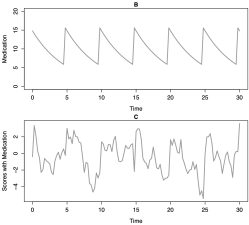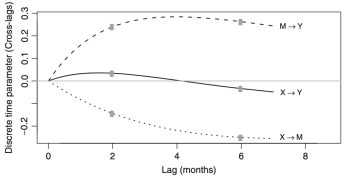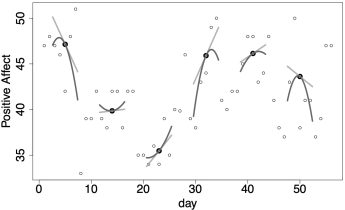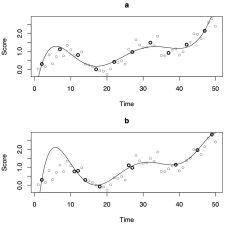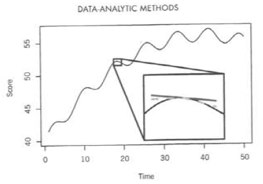This is an introduction to dynamical systems ideas. Dynamical systems are mathematical models of one or more constructs that change over time. Approaches to dynamical systems are concerned with describing the temporal evolution of constructs, with emphasis often placed on constructs that develop in a complex, nonlinear manner over time.
Category: Dynamic & Dynamical Systems
The Modeling of Change and Variability in Nursing Research (2015)
Most methods in statistics are focused on the analysis of mean differences. Mean–difference questions, however, represent only a narrow range of the questions that can be posed. Focusing only on these questions can overlook important questions concerning change and variability. This chapter considers methods to model change and variability.
Longitudinal Data Analysis (2015)
This essay reviews emerging trends in modeling repeated measures data. Three longitudinal models are discussed: panel model designs, growth curve models, and intensive within-person assessments. Continuous time models for panel data are discussed. The analysis of intensive within-individual observations is also considered, including work that limits the generalizability of interindividual studies to individual outcomes.
Differential Equation Modeling Is the Language of Change (2013)
Many applied statistical problems address how change two variables are related. In this chapter derivatives are presented as a language framework for describing changes with respect to time. Derivatives can be used to provide statisticians and substantive researchers a common language that can be used to create better matches between models and theory.
Dynamical systems and models of continuous time (2013)
Historically, it has been easier to describe differences between groups of people, rather than describe the dynamic ways that people change. This chapter introduces dynamical systems and of continuous time models. Two methods are introduced for the fitting of continuous time models to observed data: the approximate discrete model and latent differential equations.
Modeling Non-Linear Dynamics (2011)
This chapter introduces one approach to describing constructs that consist of easily reversed, short–term changes — data that is often dismissed as “error.” This chapter begins with calculating rates of change on many small segments of a time series, and how the current state of a variable can be related to how it is changing.
